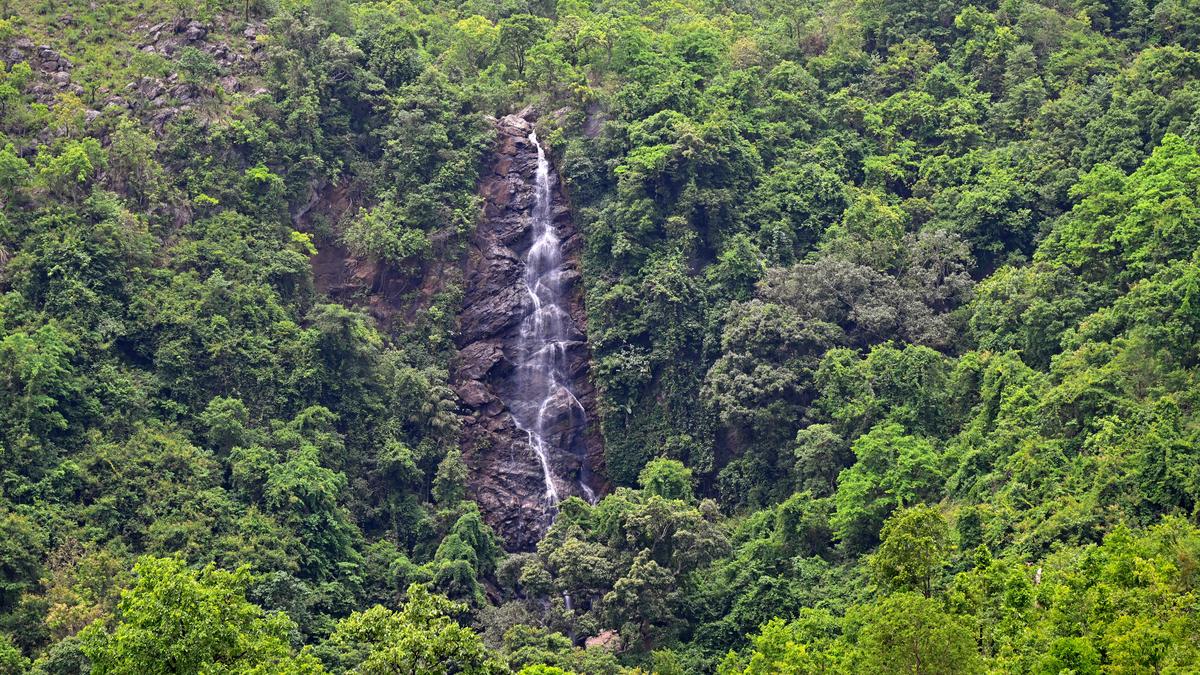Centre’s Push for Forest Rights Act Implementation

- 17 Jun 2025
In News:
The Forest Rights Act (FRA), 2006, was enacted to address the historical injustice faced by Scheduled Tribes (STs) and Other Traditional Forest Dwellers (OTFDs) by recognising their rights over forest land and resources. Its implementation, for nearly two decades, has been the sole responsibility of State governments. However, in a major policy shift, the Union government has begun funding support structures to aid its implementation through the Dharti Aaba Janjatiya Gram Utkarsh Abhiyaan (DAJGUA), launched in October 2024.
DAJGUA and Structural Support for FRA
For the first time, the Ministry of Tribal Affairs has sanctioned 324 district-level and 17 State-level Forest Rights Act (FRA) cells across 18 States and Union Territories. These cells aim to facilitate, not replace, the statutory process mandated under the FRA. The funding is routed through Grants-in-Aid General, with a budget allocation of ?8.67 lakh per district cell and ?25.85 lakh per State-level cell. Operational control rests with State Tribal Welfare Departments.
States like Madhya Pradesh (55 cells), Chhattisgarh (30), Telangana (29), Maharashtra (26), Assam (25), and Jharkhand (24) have received the highest number of sanctioned FRA cells. Notably, while Madhya Pradesh and Chhattisgarh report low pendency, States like Assam and Telangana have pending claim rates exceeding 60% and 50% respectively.
Mandate and Function of FRA Cells
These FRA cells are designed to support claimants and Gram Sabhas in the technical and administrative aspects of filing claims. Their responsibilities include:
- Preparing documentation and gathering supporting evidence;
- Assisting in Gram Sabha resolutions;
- Digitising land records and maintaining claim status;
- Facilitating the conversion of forest habitations into revenue villages;
- Supporting demarcation and record updates.
Importantly, these cells are not empowered to influence the decisions of statutory committees such as Forest Rights Committees (FRCs), Sub-Divisional Level Committees (SDLCs), or District Level Committees (DLCs), which are central to the FRA’s decentralised decision-making framework.
Concerns of a Parallel Mechanism
Despite their limited mandate, forest rights activists and experts express concerns that these cells may create a parallel mechanism outside the FRA’s statutory framework. Critics argue that the responsibilities assigned to the FRA cells—documentation, verification, facilitation—already fall under the statutory roles of the FRCs and other committees. This overlap risks creating confusion at the grassroots level and may dilute the authority of legally mandated bodies.
Furthermore, structural challenges—such as infrequent SDLC/DLC meetings and delays by Forest Departments even after DLC approval—are cited as key reasons for pending claims, which currently stand at 14.45% of the total 51.11 lakh claims filed across 21 States/UTs. Over 42% of the 43 lakh claims disposed of have been rejected, highlighting systemic inefficiencies.
A Cautious Step Forward
While DAJGUA represents a broader tribal welfare initiative involving 25 schemes across 17 ministries, the FRA facilitation component must tread carefully to respect the legal sanctity of the FRA. If implemented transparently and collaboratively, the FRA cells can bridge capacity gaps and support timely disposal of claims.
However, the success of this intervention hinges on maintaining the balance between administrative innovation and legal integrity—ensuring that support structures complement, rather than compete with, the FRA’s decentralised governance.
